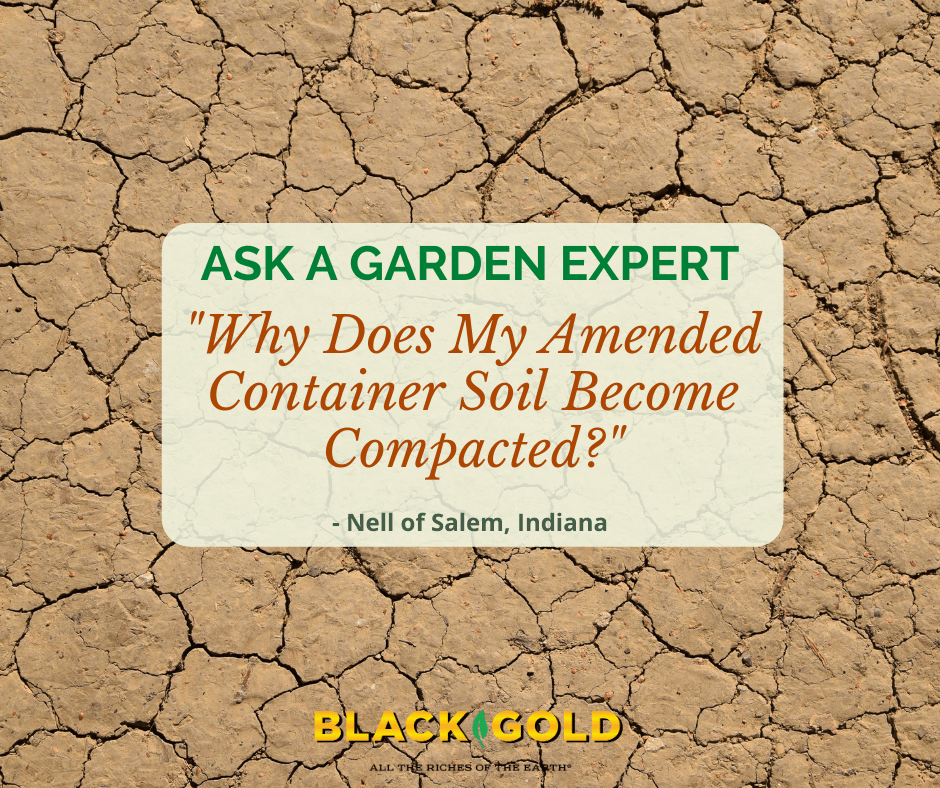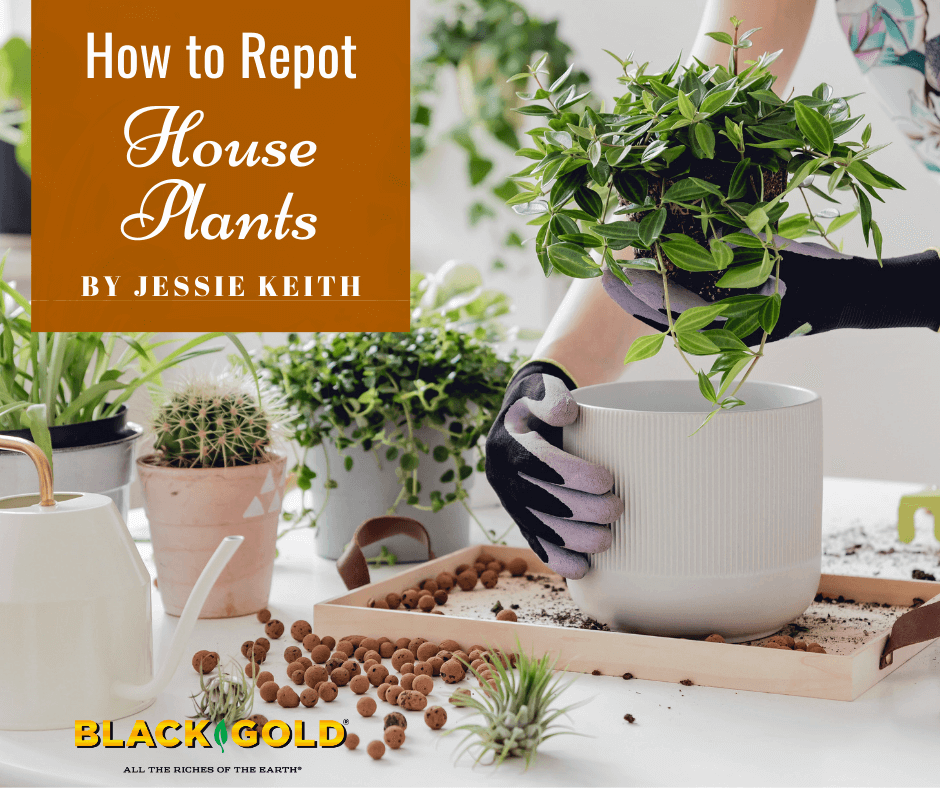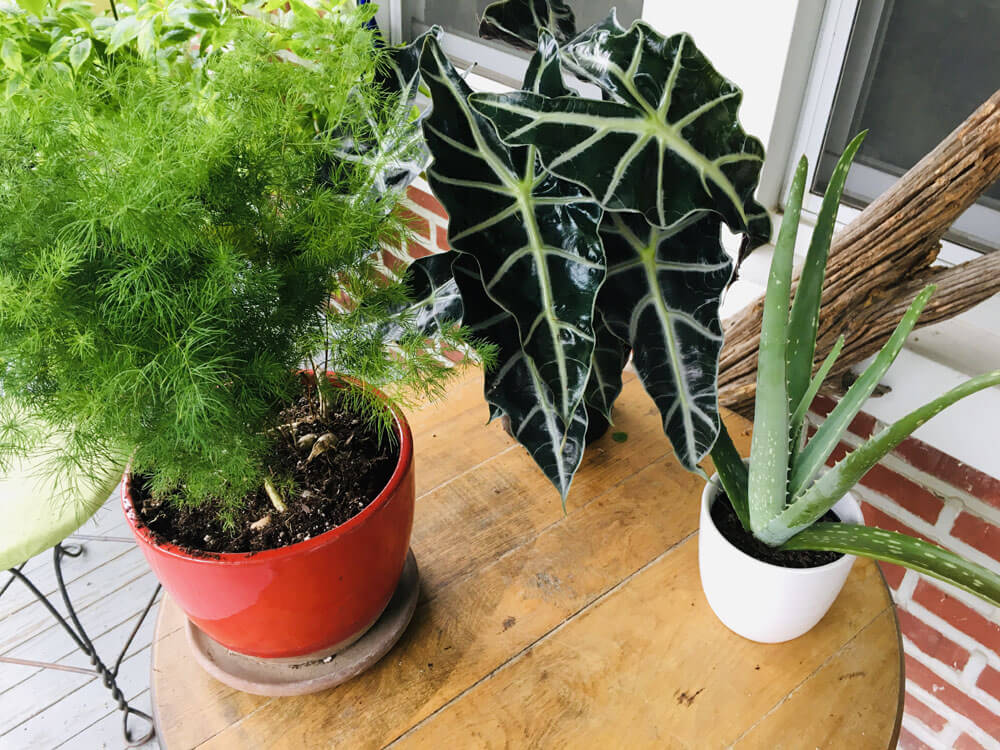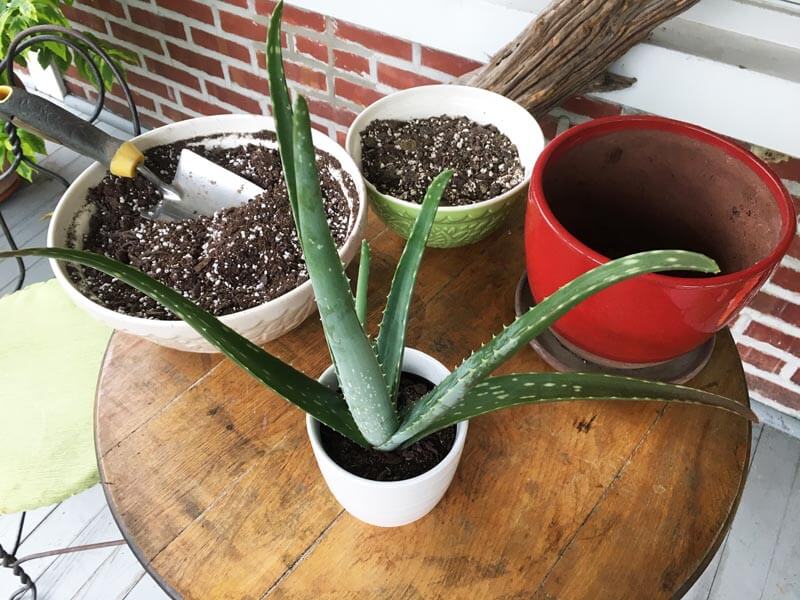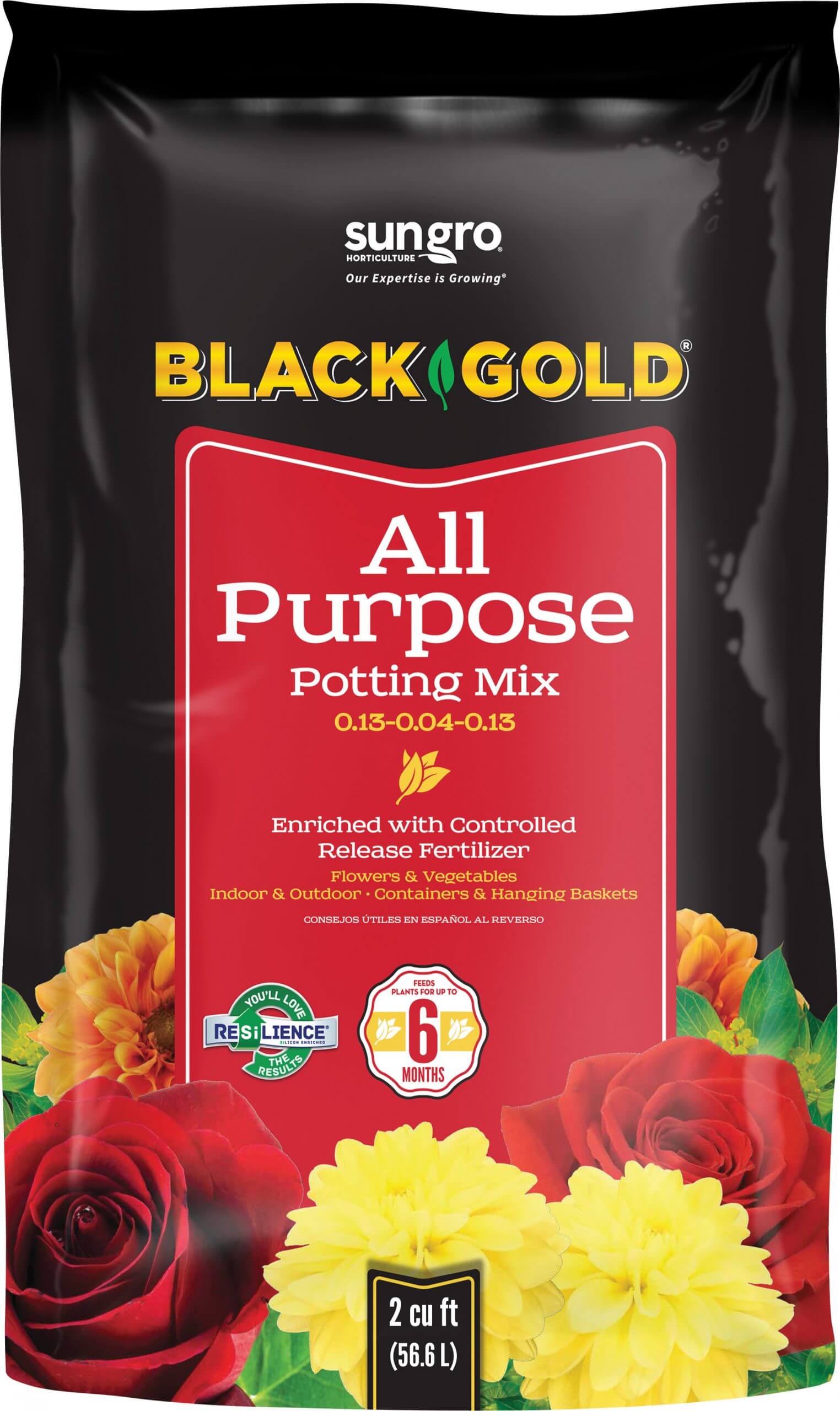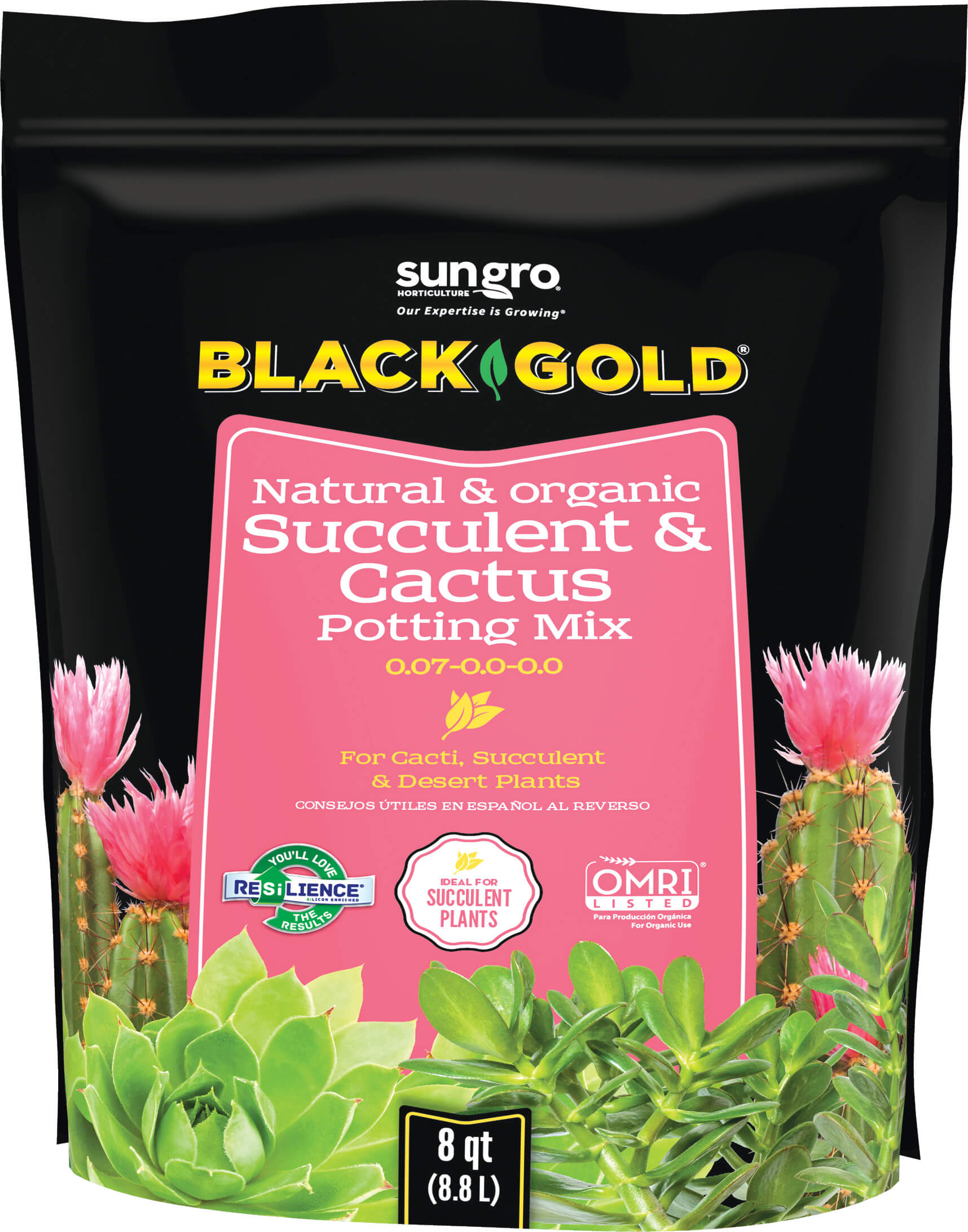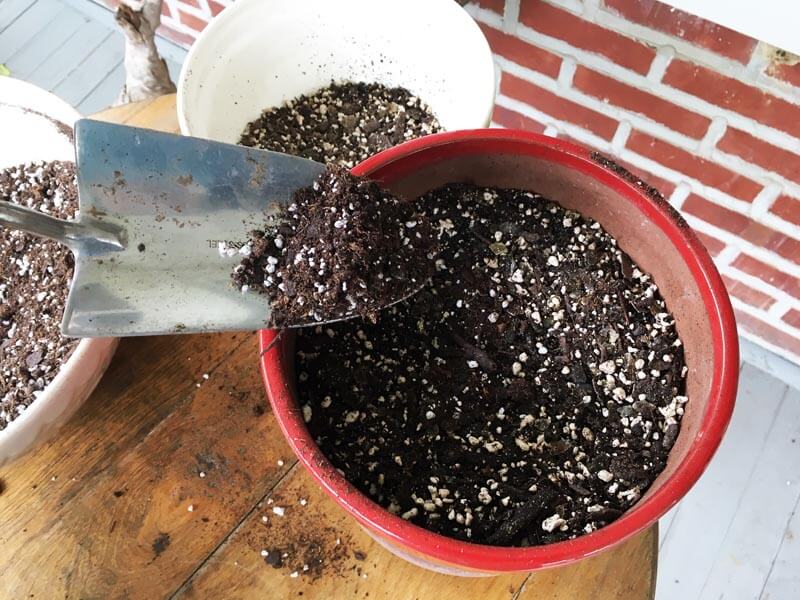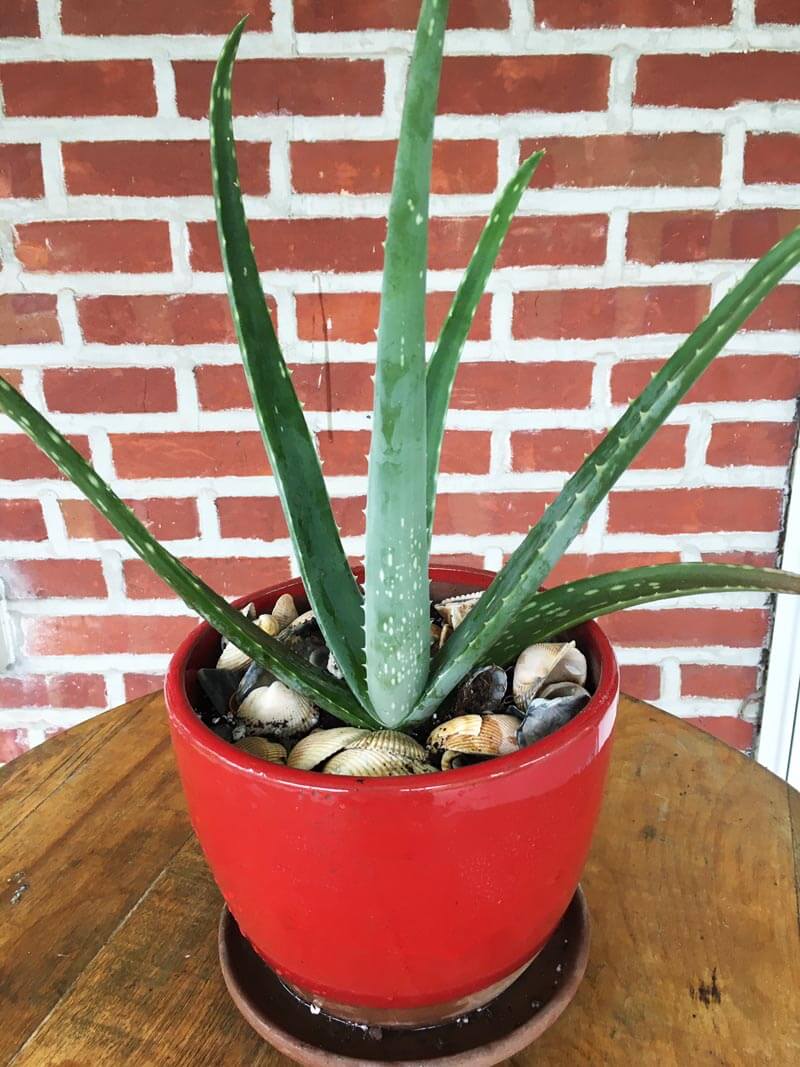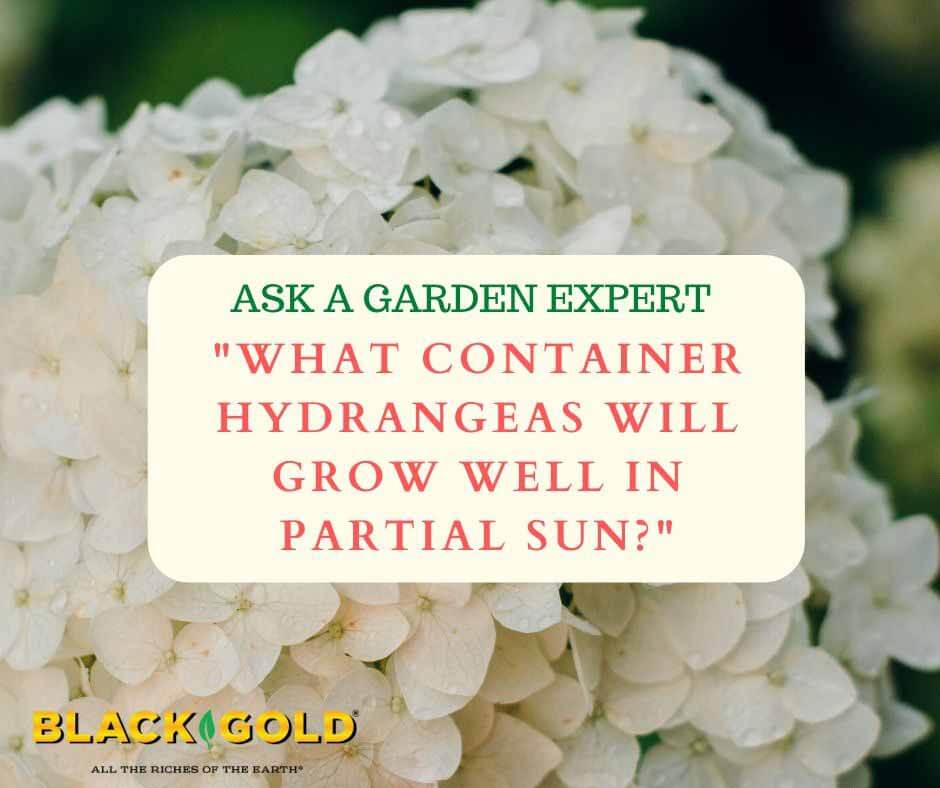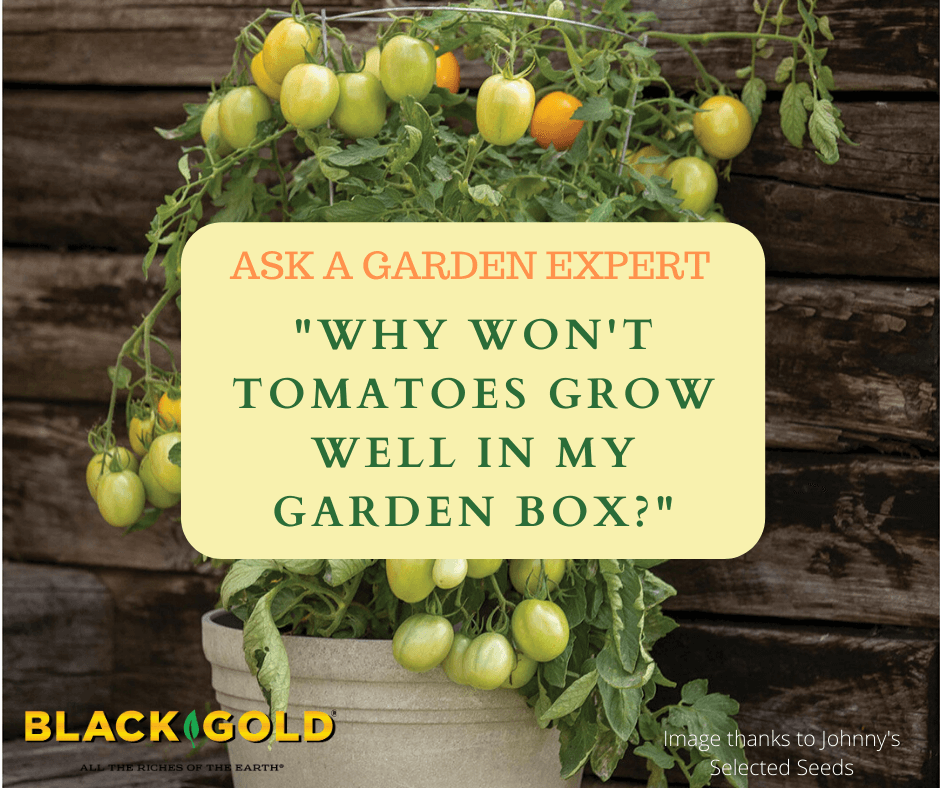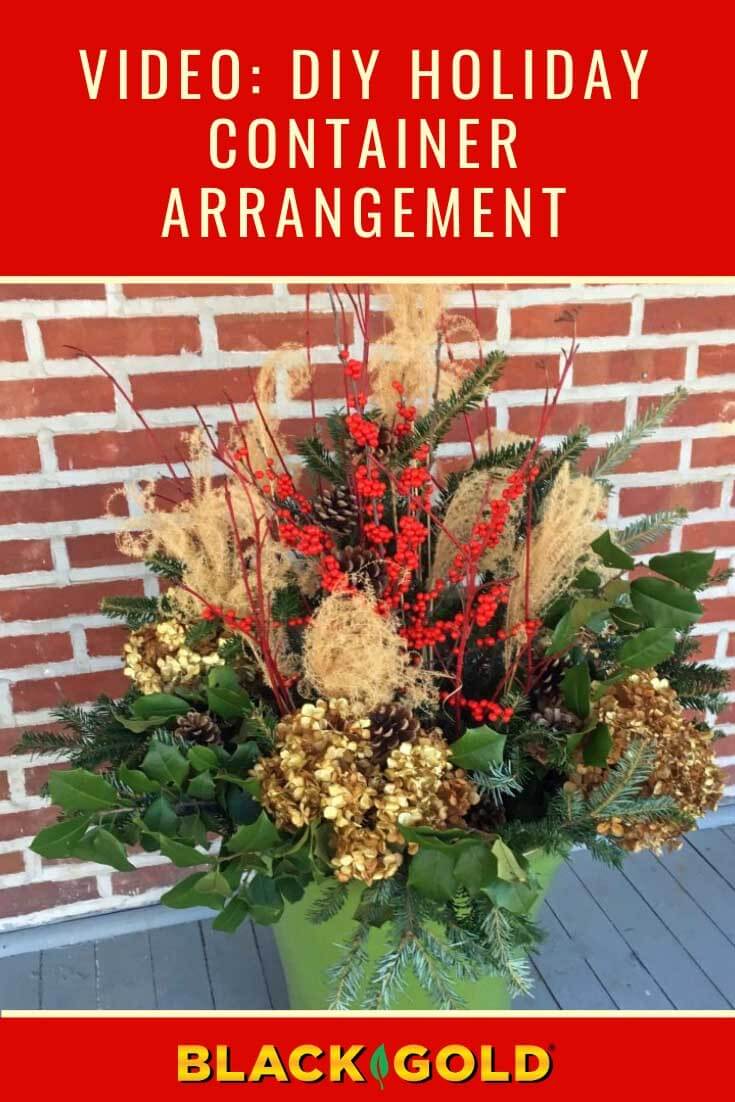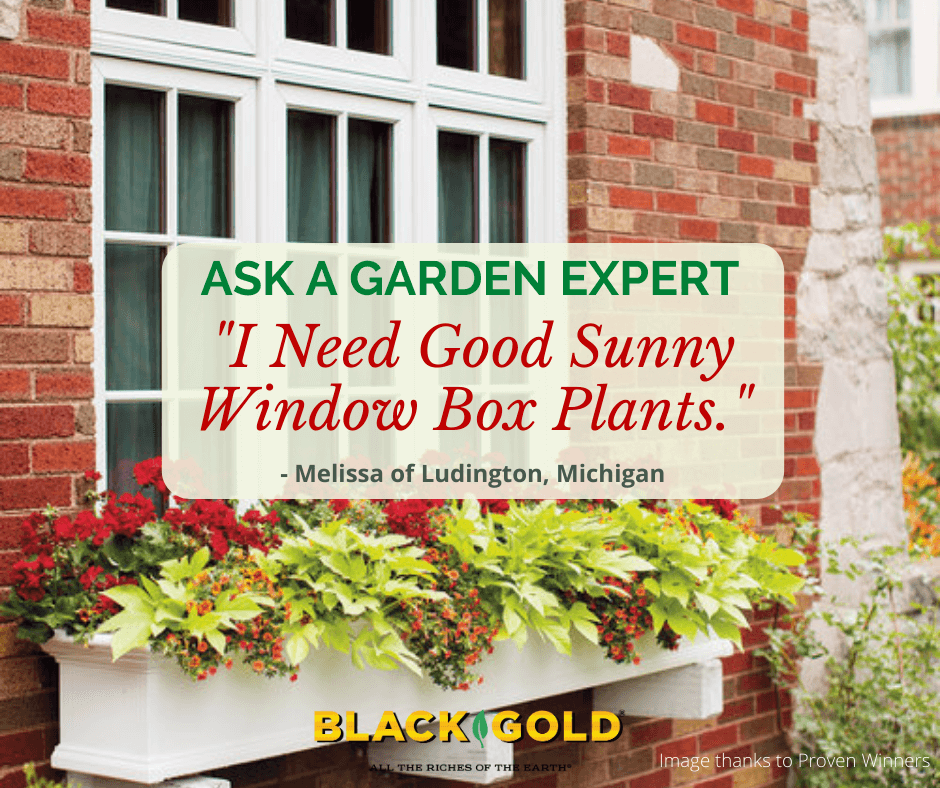
“I have full sun for the majority of the day at my home. I’m wanting to put up a window box on the front of my house, but I’m not sure what plants would succeed. Help is appreciated! Thank you!” Question from Melissa of Ludington, Michigan
Answer: There are lots of great plants for sunny window boxes. Good options do not get too tall or wide and grow and flower well in small spaces. For design purposes, plant them in contrasting combinations with bushy and trailing or spilling plants in complementary colors. Annuals are most often favored for window boxes. Here are some that will grow beautifully in Michigan.
Favorite Sunny Window Box Bushy Bloomers
Summer Snapdragon (Angelonia angustifolia hybrids). Choose these heat-lovers for sunny window boxes. They will even take some drought. Some of the newer summer snapdragons, like those in the Angelface® Cascade Series, are a bit more compact, making them better suited for window boxes.
Bidens (Bidens hybrids): These heat-loving annuals generally have yellow or orangish-red daisy-like flowers. Most varieties keep on flowering until fall.
Bedding Geraniums (Pelargonium hybrids): Old-fashioned geraniums need to be deadheaded, but they are classic window box plants that keep looking great until frost. I love cherry-red varieties, but you can also find them with white, pink, salmon, orange, or orange-red blooms.
Petunias and Calibrachoa (Petunia and Calibrachoa hybrids): Go to any garden center, and you will find loads of petunias and calibrachoa. Vista Petunias and Superbells Calibrachoa are my favorites. They bloom beautifully from summer to fall and trail nicely in containers.
Profusion Zinnias (Zinnia Profusion Series): Here is one of the best trailing zinnias for nonstop flowers for the sun. They come in lots of colors, including white, orange, yellow, and red, and they are very easy to grow from seed. (Click here to learn how to grow annuals from seed.)
Favorite Sunny Window Box Spillers
Dichondra Silver Falls™ (Dichondra argentea Proven Accents® Silver Falls™): Here is one of the easiest, prettiest, most drought-tolerant spillers that you can grow. Its trailing stems of pure silver cannot be beaten.
Mexican Hair Grass (Nasella tenuissima): Plant this fine, fountain-shaped, airy grass to add height and spill to containers.
Ornamental Sweet Potato (Ipomoea batatas ornamental hybrids): There are loads of compact, trailing ornamental sweet potatoes that really light up containers. Two great, compact options are the bright green Sweet Caroline Medusa™ Green and variegated green, white, and pink Tricolor.
Bacopa (Sutera cordata hybrids): These small-leaved, trailing annuals have small, pretty flowers of white or lavender-pink. Of the white-flowered varieties, Snowstorm® Giant Snowflake® has the largest flowers and a great spilling habit.
From there, we recommend filling your window boxes with a potting mix that has a high water-holding capacity, such as Black Gold Natural & Organic Ultra Coir or Black Gold® Waterhold Cocoblend Potting Mix. Then be sure to feed the boxes with slow-release fertilizer and water-soluble fertilizer for consistent strong growth and flowering. We recommend Proven Winners’ brand fertilizers, which are formulated for flowering plants.
I hope that some of these plants appeal to you.
Happy gardening,
Jessie Keith
Black Gold Horticulturist

